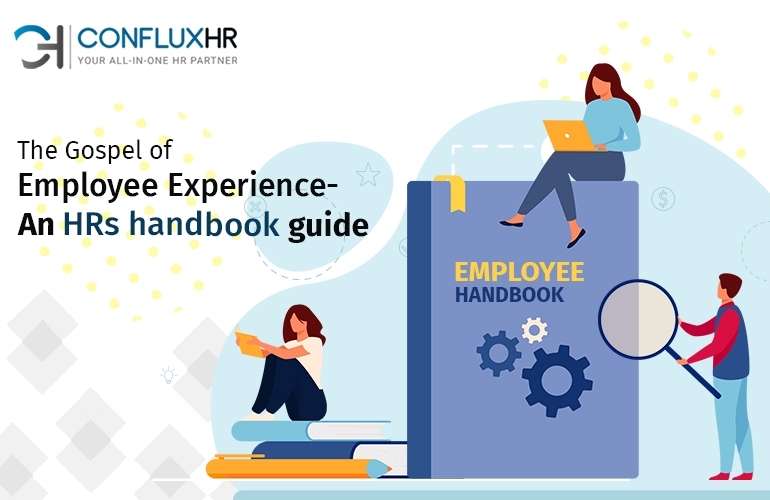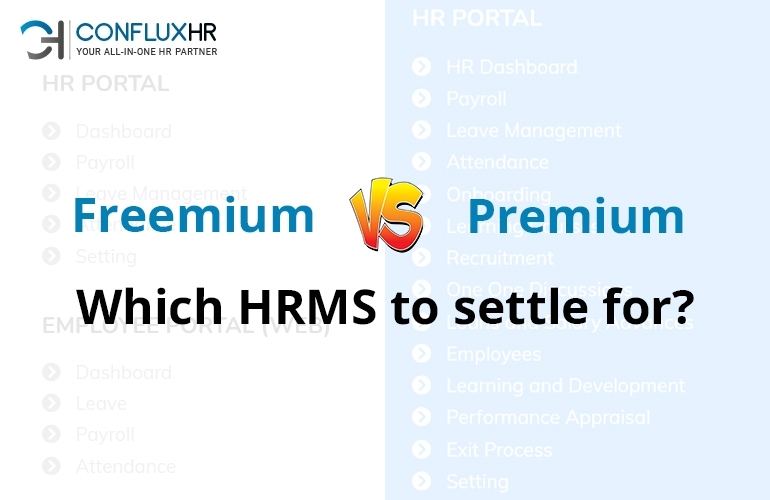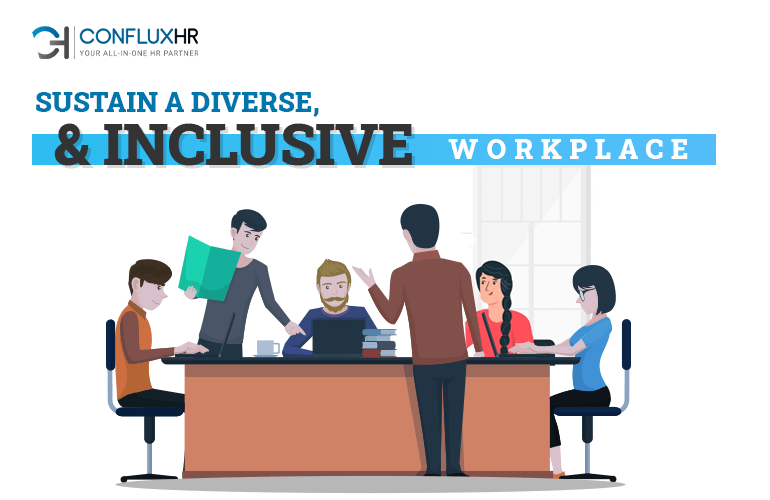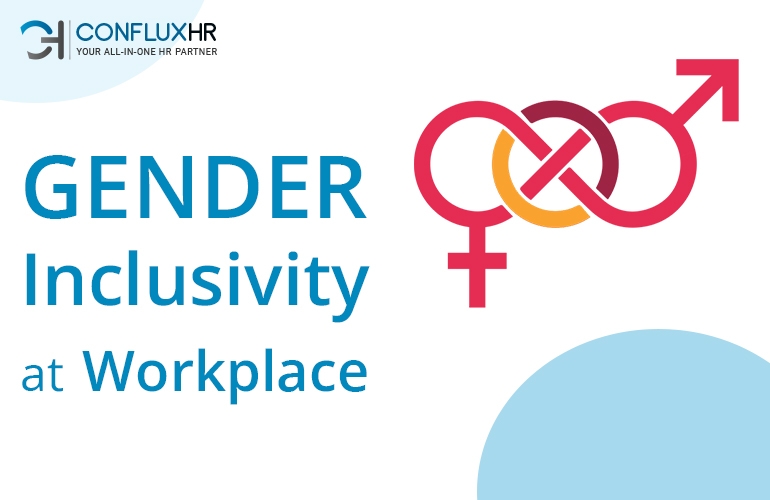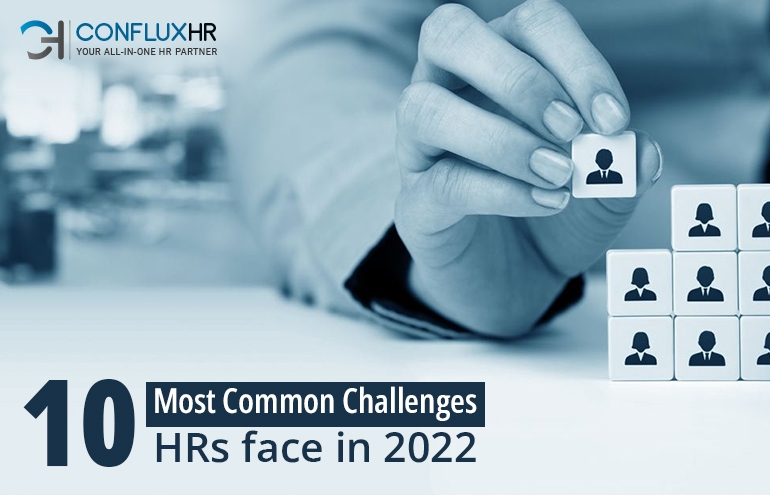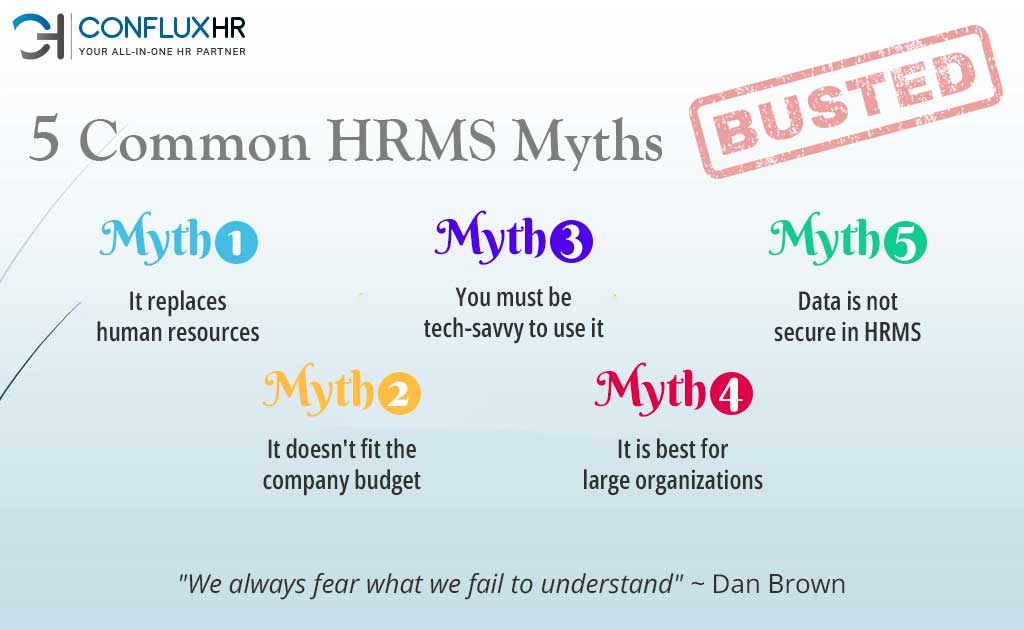In the resentment of losing resources, we often forget that a great exit experience is a trump card for the organization. Why? It gives you immense valuable brand recognition through the mouth of words. Let us understand it better and dive into the approaches that can enhance the exit experiences of employees.
Why Should You Care About the Exit Experience at All?
Exit experiences shape the most vital part of your ex-employees perception of your work culture. Being genuinely good to employees while exiting is a great virtue and shines out finely. It shows a genuine respect of the organization towards the employees’ contributions and work.
It leaves an extraordinary impact on the minds of the ex-employees. Hence, these start passing on recommendations for you, and you also benefit from the mouth of a word.
How Can an Exit Management System Help?
Exit management systems in HR software contribute constructively to the process. It bridges the hassle of multiple follow-ups for the formalities to be completed. Moreover, it also drives away the awkwardness of curbing the work association. Hence, the awkward exchange of words is replaced with a neat and helpful feature.
Hence, HR software can redefine the fanatic exit experience at your workplace. It lubricates the process from all levels, making it easier to get off the exit formalities without much hassle.
An Insight Into The Ideal Exit Experience
A strategic EI approach can provide valuable insight into the mindset of the employees, and the challenges they face, reveal the problems at work and shed light on the areas of gaps. Most of the time, exit interviews fail the purpose of highlighting an action item for the organization. Let us run through a few tips that can help you make the exit experience much more valuable than ever.
- Questions related to human resource management.
- Questions to understand the employees’ perception of work.
- Gain an insight into the leadership style of the reporting managers.
- Learn about the HR benchmarks of other firms.
- Fostering innovation by being open to ideas
- Create a real marketer for the firm by enriching people’s exit experiences.
Tips for a Promising Exit Process
Being an HR, one would know about exit formalities. Hence, let us talk about the less-popular facts that can work in your favor. Run through the below pointers to find them out:
- Try being genuinely harmonious to employees during their last working days.
- Choose an HR Software that simplifies the exit formalities for HRs and employees.
- Try to learn from your exiting employees about the lacunae as per their opinion.
- Never discourage opinions; be ready to know the truth about your loopholes.
- Ensure a smooth exit experience on a good note.
Takeaways
Exit experiences have a personal impression on the overall experience at work. You might have a great experience while working in a company, but a horror exit experience might pollute your goodwill for the firm.
Likewise, great exit experiences take the business a long way.




